
They may not be the prime focus of a floral arrangement, but filler flowers can be just as important as the stars of the show in a bouquet’s overall design. They are usually not as breathtaking, dramatic, or show-stopping as the flowers taking center stage, but a spray or two of fillers tucked into a display adds structure and volume, and provides contrasting colors/textures. These supporting players act as an attractive, invaluable backdrop.
4 Great Perennial Plants That Provide Great Filler Flowers for Bouquets
For long-lived, “plant once and forget about them” filler-flower choices, find space in your landscape to plant at least a couple of the following perennials and shrubs, and you’ll always have something wonderful to add character and textural interest to your bouquets.
‘Purple Pride’ Geraldton Waxflower
(Chamelaucium uncinatum ‘Purple Pride’, Zones 9–11)
Drought-tolerant and evergreen, this low-maintenance Australian shrub bears loose, airy sprays of rosy purple blooms from winter through midspring on graceful, fine-foliaged, lightly aromatic twigs and branches. It eventually reaches 6 to 10 feet tall and wide in full sun to partial shade.

‘Tiny Tim’ euphorbia
(Euphorbia × martini ‘Tiny Tim’, Zones 5–9)
This short, bushy, 12- to 18-inch mound of light green foliage blooms almost continuously from midwinter through late spring. Its stout, sturdy stems carry intriguing whorls of ruby-centered, bright chartreuse flowers. Plant it in full sun, and water lightly but regularly. Also, be aware that all euphorbias exude a milky sap when cut, so wear gloves to avoid irritation.
‘Hopley’s Purple’ oregano
(Origanum laevigatum ‘Hopley’s Purple’, Zones 6-9)
Long wands of airy purple blooms appear all summer and fall over this plant’s 2- to 3-foot mound of informal, arching, fragrant, deep green foliage. Its flowers are fabulous fresh or dried in arrangements and are adored by pollinators too! Sun-loving, drought tolerant, and deer resistant, ‘Hopley’s Purple’ oregano is happiest in well-drained soil.

‘Monte Cassino’ heath aster
(Aster ericoides ‘Monte Cassino’, Zones 4–9)
A 3- to 4-f00t-tall pollinator magnet, ‘Monte Cassino’ produces airy clouds of petite white blooms nonstop from midsummer through fall. Sturdy stems carry the profuse, snowy flower clusters, making them the perfect bouquet ingredient. Easy to grow in full sun, with light to regular water, this is a perennial that no one should be without.
4 Great Fast-Growing Annuals That Produce Excellent Cut Flowers for Filling In Arrangements
Growing annual fillers is a fabulous way to experiment with various bloom forms and color palettes to flesh out your floral arrangements. Because annuals put all their energy into producing flowers, they’re definitely the way to go if spring-through-fall flower volume is your primary goal. There are so many interesting choices, but the following fast-growing, floriferous sun lovers are among my favorites.

‘Chantilly Pink’ snapdragon
(Antirrhinum majus ‘Chantilly Pink’, annual)
These lofty, vigorous plants quickly reach 3 to 4 feet tall and generously produce long, sturdy flower spikes. Each stem is clothed top to bottom with big, open-faced, lightly scented pink-and-white butterfly-like blooms. You can expect flowers from late spring through fall from this cutting-garden stalwart.
‘Sunny Ball’ feverfew
(Tanacetum parthenium ‘Sunny Ball’, annual)
This is a fast-growing, sturdy plant that reaches 2 to 3 feet tall. It sports abundant, long-lasting clusters of tiny, button-like double yellow blooms that add a charming lightness to any arrangement. Flowers start showing up in late spring and continue until winter’s first frost.

‘Kurume Rose’ cockscomb
(Celosia ‘Kurume Rose’, annual)
Though this particularly showy variety of cockscomb could take center stage, its beguiling summer-through-fall blooms make it a fantastic foil for big yellow roses, sunflowers, or really any other bigger blooms. Allow plenty of space for this 3- to 4-foot-tall and 2- to 3-foot-wide behemoth.

‘Kiwi Blue’ honeywort
(Cerinthe major ‘Kiwi Blue’, annual)
This intriguing plant bears indigo-violet bells that nod gracefully from bronzy-blue bracts that top each gracefully arching silver-green stem. Reaching 28 to 32 inches tall and a little wider, honeywort is as stunning in the spring through fall border as it is in any bouquet, offering fabulous, almost succulent-like texture to its bouquet buddies.
—Fionuala Campion is the owner and manager of Cottage Gardens of Petaluma in Petaluma, California.
Photos: Fionuala Campion
For more on cut flowers from the garden, go here.
Fine Gardening Recommended Products
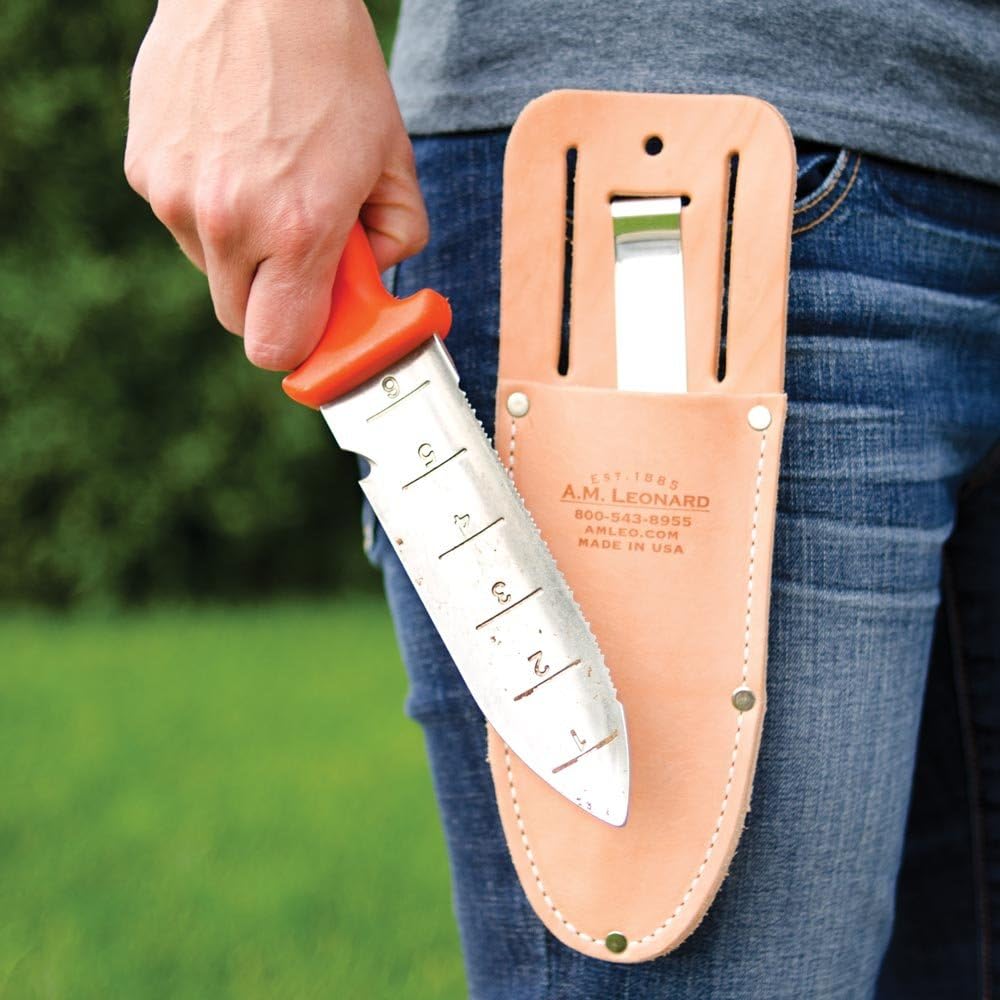
A.M. Leonard Deluxe Soil Knife & Leather Sheath Combo
Fine Gardening receives a commission for items purchased through links on this site, including Amazon Associates and other affiliate advertising programs.

RAINPOINT Sprinkler Timer with Brass Swivel
Fine Gardening receives a commission for items purchased through links on this site, including Amazon Associates and other affiliate advertising programs.
- Built-in metal filter gaskets can prevent sediment and other larger particles
- Through the Sprinkler Timer program, you can set the start time, watering duration, and watering frequency
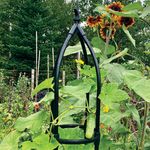
Lee Valley Garden Obelisks
Fine Gardening receives a commission for items purchased through links on this site, including Amazon Associates and other affiliate advertising programs.



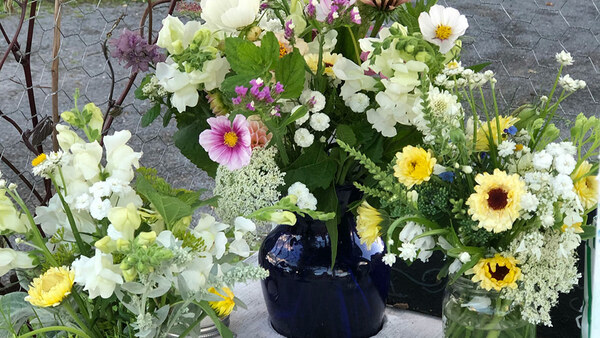



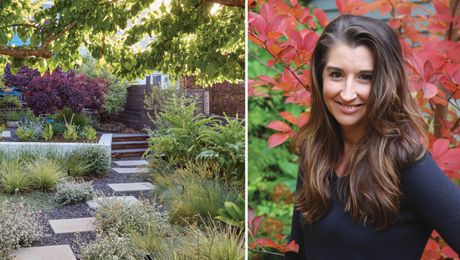
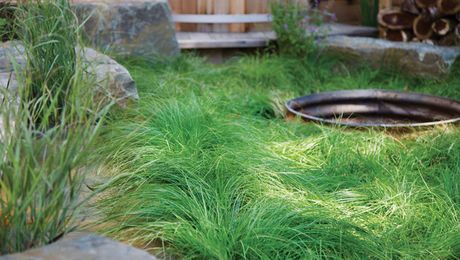










Comments
I wish there was a picture for each item described.
Log in or create an account to post a comment.
Sign up Log in